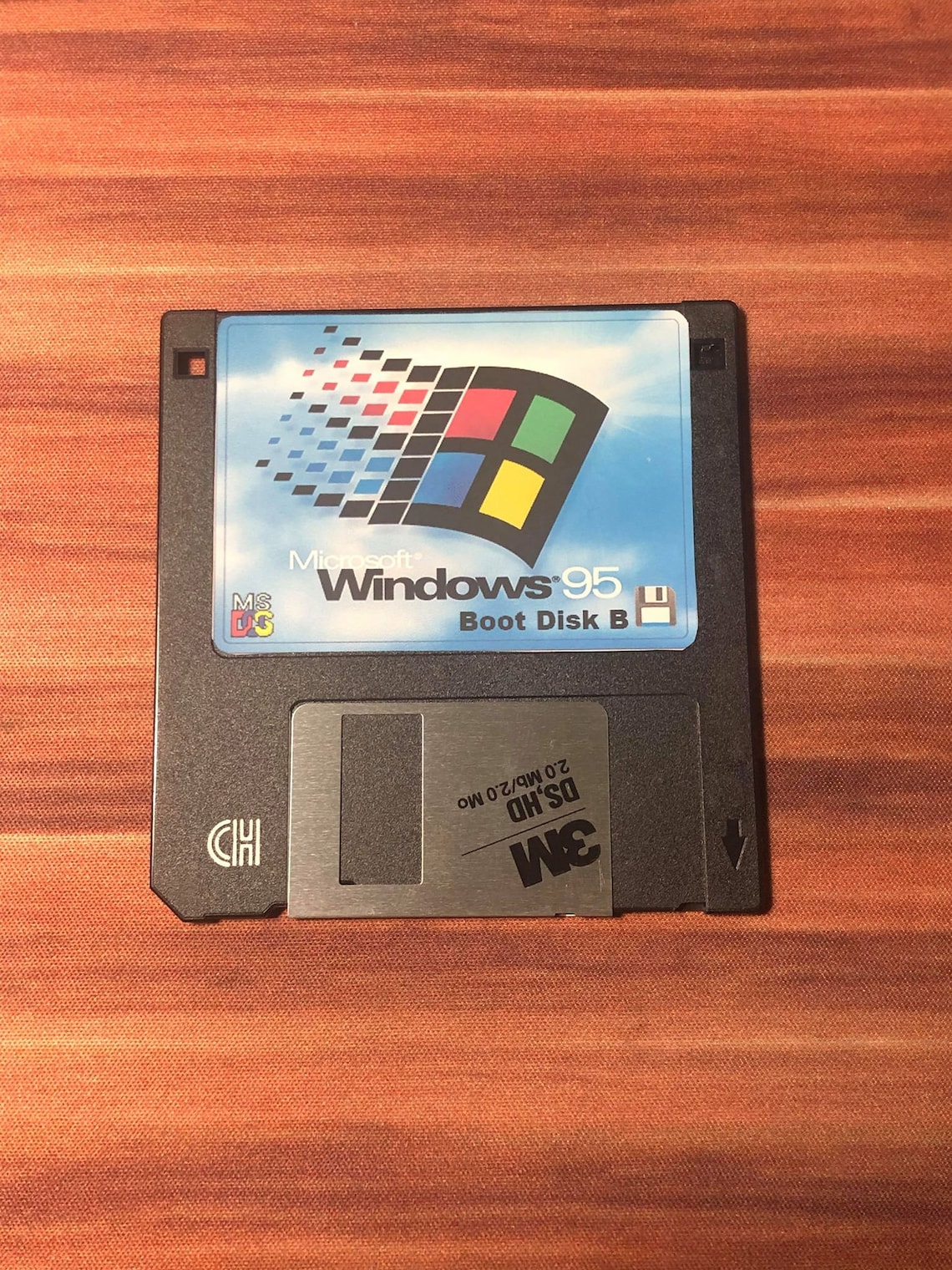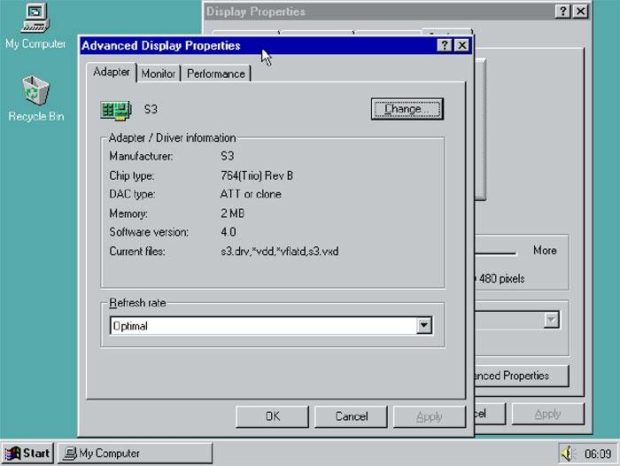

- Windows 95 osr2 and boot floppy images install#
- Windows 95 osr2 and boot floppy images code#
- Windows 95 osr2 and boot floppy images free#
- Windows 95 osr2 and boot floppy images windows#
The preview versions expired in November 1995, after which the user would have to purchase their own copy of the final version of Windows 95. During the preview period, Microsoft established various electronic distribution points for promotional and technical documentation on Chicago, including a detailed document for media reviewers describing the new system highlights.
Windows 95 osr2 and boot floppy images free#
Participants were also given a free preview of The Microsoft Network (MSN), the online service that Microsoft launched with Windows 95.
Windows 95 osr2 and boot floppy images install#
For US$19.95/£19.95, users would receive several 3.5-inch floppy disks that would be used to install Windows 95 either as an upgrade from Windows 3.1x or as a fresh installation. Prior to Windows 95's official release, users in the United States and United Kingdom had an opportunity to participate in the Windows 95 Preview Program. The first version of Chicago's feature specification was finished on September 30, 1992.
Windows 95 osr2 and boot floppy images code#
MS-DOS 7.0 was in development at that time under the code name "Jaguar" and could optionally run on top of a Windows 3.1-based 32-bit protected-mode kernel called "Cougar" in order to better compete with DR-DOS. Windows 93 would ship together with MS-DOS 7.0, offering a more integrated experience to the user and making it pointless for other companies to create DOS clones. Initially, the decision was made not to include a new user interface, as this was planned for Cairo, and only focus on making installation, configuration, and networking easier. So the development of Windows "Chicago" was started and, as it was planned for a late 1993 release, became known as Windows 93 which was also known as Windows 4.0. Microsoft realized they were in need of an updated version of Windows that could support 32-bit applications and preemptive multitasking, but could still run on low-end hardware (Windows NT did not). Simultaneously with Windows 3.1's release, IBM started shipping OS/2 2.0.

However, Cairo would partially ship in late July 1996 in the form of Windows NT 4.0, but without the object-based file system, which would later evolve into WinFS. Cairo would be Microsoft's next-generation operating system based on Windows NT and featuring a new user interface and an object-based file system, but it was not planned to be shipped before 1994. At this time, Windows for Workgroups 3.11 and Windows NT 3.1 were still in development and Microsoft's plan for the future was focused on Cairo. The initial design and planning of Windows 95 can be traced back to around March 1992, just before the release of Windows 3.1. JSTOR (April 2010)' ( Learn how and when to remove this template message).Unsourced material may be challenged and removed. This section needs additional citations for verification. Please help improve this article by adding citations to reliable sources. Microsoft ended extended support for Windows 95 on December 31, 2001. Three years after its introduction, Windows 95 was succeeded by Windows 98. There were also major changes made to the core components of the operating system, such as moving from a mainly co-operatively multitasked 16-bit architecture to a 32-bit preemptive multitaskingarchitecture.Īccompanied by an extensive marketing campaign, Windows 95 introduced numerous functions and features that were featured in later Windows versions, such as the taskbar, the "Start" button and the ways the user could navigate. Windows 95 merged Microsoft's formerly separate MS-DOS and Windows products, and featured significant improvements over its predecessor, most notably in the graphical user interface (GUI) and in its simplified " plug-and-play" features. The first operating system in the 9x family, it is the successor to Windows 3.1x, and was released to manufacturing on August 15, 1995, and generally to retail on August 24, 1995. Windows 95 (codenamed Chicago) is a consumer-oriented operating system developed by Microsoft as part of its Windows 9x family of operating systems. Windows 95 desktop, showing its icons and taskbar It is not to be confused with Windows NT 4.0.Ī version of the Windows 9x operating system


 0 kommentar(er)
0 kommentar(er)
